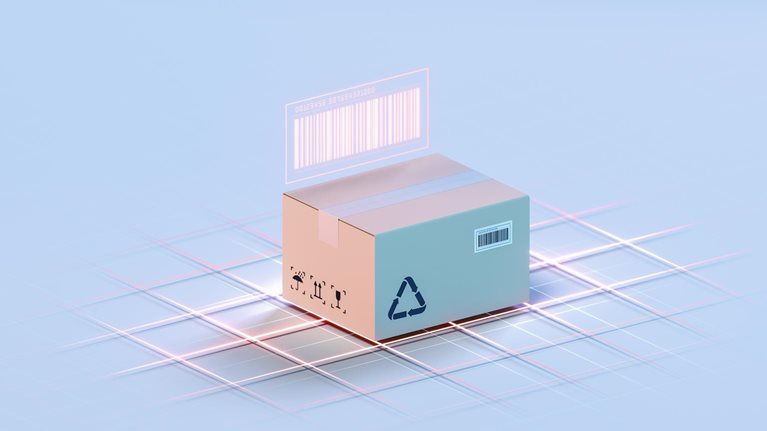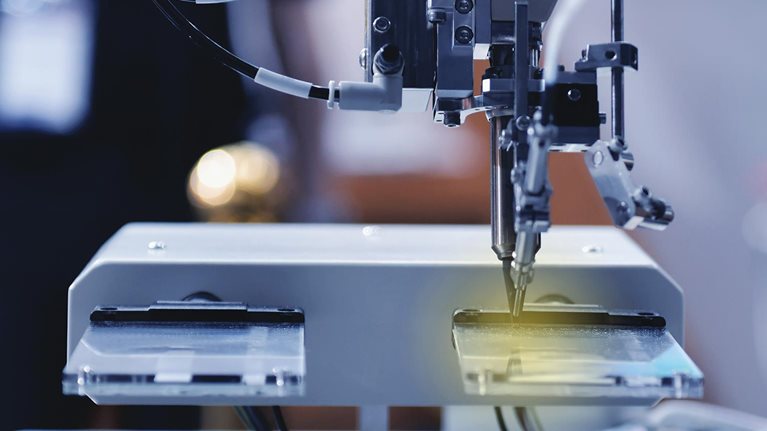Semiconductor chips are a ubiquitous component of 21st-century existence, found in almost every electronic device and utility, including cellphones, computers, household appliances, industrial equipment, and vehicles. Highly specialized design goes into the manufacture of these chips, which constitute a multibillion-dollar global industry.
But this flourishing sector and its customers have recently been cast into crisis. Over the past two years, massive and increasing demand for chips has not been adequately met by suppliers, whose own operations have been disrupted by the COVID-19 pandemic.
One answer to this global dilemma is the implementation of cross-functional “control towers.” One case study shows how these digital management structures can make all the difference to struggling manufacturers.
Weathering the supply chain storm
With the boost in digitization across industries—accelerated by a widespread move to remote labor and other changes brought on by the pandemic—demand for semiconductor chips exploded beyond capacity in 2020. Panic purchasing, coupled with last-minute order changes or cancellations, supplier shutdowns in Asia, and political instability in parts of the world, resulted in a supply collapse across many markets.
Manufacturers that used the chips in their products were in many cases overwhelmed, unable to meet the new demand, which quickly translated into dead stops in production, with significant damage to growth ambitions and bottom-line performance. Crises of this nature are exceedingly difficult for manufacturers to navigate. Analysis, planning, and communication are often compromised in the name of damage control, with immediate logistical and administrative concerns given priority.
Pandemic aside, working under such conditions leads to stress, low morale, and a general lack of team cohesion—not an environment that is conducive to crisis management. Decisions can be impulsive and poorly informed, and executive structures may be at odds with one another, unable to work toward holistic solutions. As a knock-on effect of supply chain defaults, relationships between manufacturers and suppliers can deteriorate.
But even in this chaotic context, those who manage their supply chains better have shown that they can thrive ahead of competitors. This insight guided a major global manufacturer to find an innovative solution to this dysfunctional situation.
A hub to consolidate efforts
One major obstacle to improvising effective solutions was a lack of centralized data sharing. By establishing a supply chain management hub, or control tower, the company could coordinate and consolidate efforts to manage the crisis, bridging the gap between internal departments and suppliers.
A control tower is a proven, iterative way of solving supply chain issues; however, it is usually focused on downstream elements, such as service levels and channel allocation. But with the chip shortage, the focus shifted to upstream supply and component allocation—with attendant complications from managing bill-of-materials (BOM) issues and downstream customers.
Once the cross-functional control-tower structure was established, open channels of communication allowed for easier planning and data sharing. Transparent information flow gave management a fuller picture of incoming procurement, outgoing production, and sales priorities. A set of tactical levers could be deployed to manage the chip disruption—increasing supply, managing demand, and mitigating the impacts of the shortage. Exhibit 1 provides examples of tactical and strategic levers.

Incoming supply was rerouted or prioritized according to supply conditions and product categories. Stock and production volumes could be altered to better accommodate a lower attach rate and high-margin production priorities.
Digital dashboards further streamlined and automated downstream and upstream communication, enabling end-to-end visibility of, for example, product recovery time, utilization by plant, and inventory health by product line.
The control tower also harnessed data to develop sophisticated analytical engines and predictive forecast models. These analytical decision-support engines mapped supply to demand and made complex allocation decisions involving more than a hundred possible BOM constraints and optionalities, quantifying the output of diverse scenarios across different metrics. This enabled the company to reconfigure its business policies and geographical priorities, optimizing resource allocation—all while constantly assessing key performance indicators.
On an administrative and executive level, decision-making processes were restructured with multipronged coordination in mind. The cross-functional decision-making platform allowed for immediate consultation, with implementation of decisions across multiple departments and objectives able to happen concurrently (Exhibit 2).

A beacon of coordinated teamwork
The results of this innovative experiment were decisive. The implementation of the control-tower system transformed ways of working—from management styles, to operating systems, to employee capabilities, mindsets, and behaviors, to the use of data and analytics.
The new, clear-cut leadership and decision-making structure resulted in a more holistic approach to supply chain management: less reactive and more proactive. This was combined with streamlined communications and vastly improved data management systems.
The independent planning team, staffed with trained strategists, was able to communicate with stakeholders five times faster than before. Relations with suppliers were also improved through collaborative planning: instead of blame-based conflicts resulting from delays, order changes, and poor communication, positive cooperation through joint planning was fostered.
At the level of human engagement, the reduction in stress and workload, coupled with improved work processes overall, led to increases in productivity and morale, improving relations across the entire supply chain.
In short, the control-tower concept became a beacon of coordinated teamwork, enhanced data assimilation, optimized future planning, and decisive decision making. The management team credit the control tower with improving productivity, efficiency, collaboration, knowledge sharing, flexibility, compliance, customer relations, and innovation opportunities. In the control-tower model, it is key to solve for balanced metrics—product mix or labor costs, for example, as well as margins; however, it’s notable that over a three-month period, the measures taken translated to a nine-digit margin impact to the bottom-line performance.
Encouraged by this success, the company leaders are planning to upgrade the control tower to a full-fledged, end-to-end nerve center spanning functional silos. In addition, they are exploring procurement levers to secure additional supply, and product-design levers to make smart-feature substitutions in their product portfolio.
Perhaps the most welcome outcome of implementing a control-tower structure is a reduction in the uncertainty caused by the semiconductor chip shortage. This is particularly important when one accepts that demand for these essential components is only set to grow, and will continue to outpace supply in many markets. Given this reality, we can expect to see a great many more control towers rising soon above the embattled electronics manufacturing landscape.


